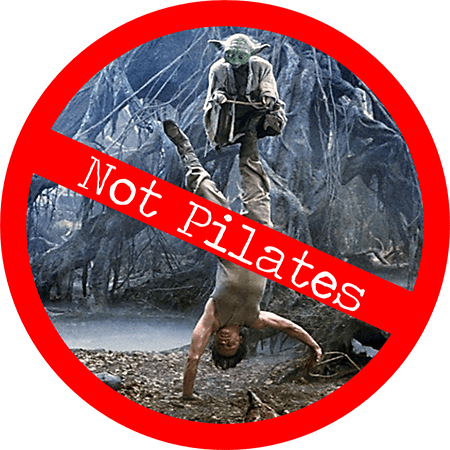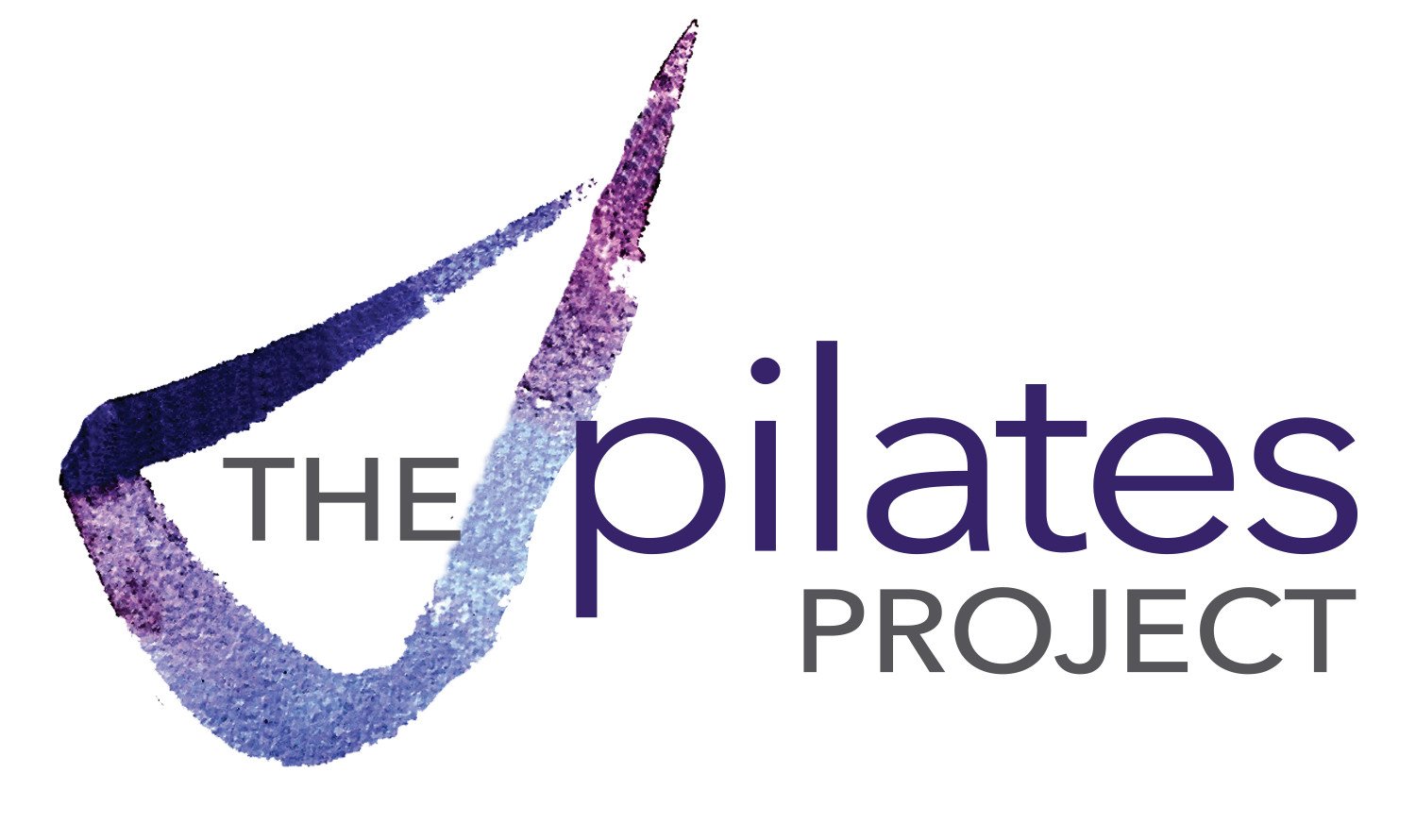Pilates or Pila-tease? 5 Easy Ways to Know to Whether or Not Your Pilates Class is Authentic
 “Suped-up”, “infused” or Pilates “inspired” workouts... we’ve heard it all. Can these workouts work? Sure. Will you sweat? Sure. Will you lost weight? Gain muscle? Become more flexible? Have fun? Maybe. But are you doing Pilates? Maybe not. Pilates is an amazing workout known for creating long, lean muscles, strong abs, alleviating back pain, improving posture and changing your body for the better. But just because your class is called Pilates doesn’t mean it actually is. In fact, since the term “Pilates” was ruled generic and unrestricted after a failed trademark lawsuit in the year 2000, anyone (trained or untrained) can offer you a Pilates class. So, if you find yourself asking these 5 questions, you are probably not doing Pilates:
“Suped-up”, “infused” or Pilates “inspired” workouts... we’ve heard it all. Can these workouts work? Sure. Will you sweat? Sure. Will you lost weight? Gain muscle? Become more flexible? Have fun? Maybe. But are you doing Pilates? Maybe not. Pilates is an amazing workout known for creating long, lean muscles, strong abs, alleviating back pain, improving posture and changing your body for the better. But just because your class is called Pilates doesn’t mean it actually is. In fact, since the term “Pilates” was ruled generic and unrestricted after a failed trademark lawsuit in the year 2000, anyone (trained or untrained) can offer you a Pilates class. So, if you find yourself asking these 5 questions, you are probably not doing Pilates:
- Why can’t I feel my abs working? Centering is one of the 6 principles of Pilates. In Pilates everything is initiated from a stable, centered place. This kind of movement takes total body control & awareness. If your workout seems erratic and lacks that ab connection, you are not doing Pilates.
- Why isn’t this challenging? Any true Pilates practitioner will tell you Pilates is hard. There is a abundant amount of effort involved in keeping all of your body parts working efficiently to create the very specific movements. If you are not being fed details to continuously improve your Practice, you are not doing Pilates.
- Why isn’t my instructor instructing? There is a reason why Pilates instructors don’t do the workout along with you. It is their job to watch your body like a hawk and correct your workout. These minor corrections of form can greatly enhance your workout. If you are not your instructors focal point, you are not doing Pilates.
- Is this supposed to hurt this much? Pilates is not meant to fatigue muscles. This is a case where quality beats quantity. Joseph Pilates intended his students to function throughout the rest of the day after a workout. If you find yourself exhausted, sore, or in pain after a workout instead of invigorated and ready to tackle the day, you are not doing Pilates.
- Where is the flow? Pilates is deliberate, smooth and graceful. There are no sudden stops, frantic movements, or unnatural transitions. You don’t just jump for the sake of jumping or kick your leg for the sake of burning the extra calorie. Everything in Pilates has its purpose and its space within the sequence. If your workout does not have a fluidity of motion, you are not doing Pilates.

